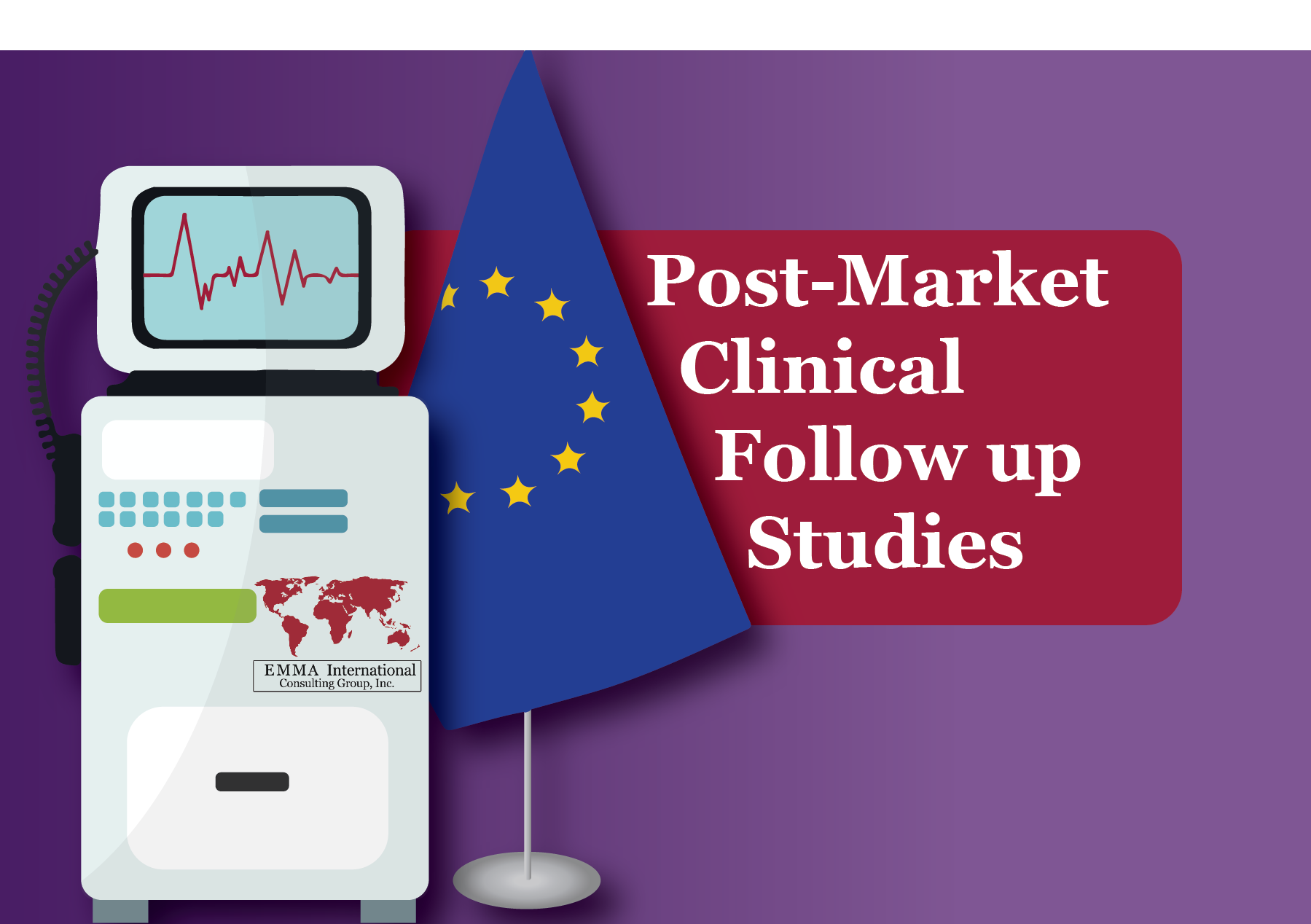Clinical evidence is required to assure the safety and efficacy of a medical device for intended use pre-market. After an appropriate risk-benefit analysis, the device may still be placed on the market with the residual risk. The questions about residual risk can be answered by conducting a post-market clinical study to assess the risk. A post-market clinical follow-up study is just one form of the many ways a company may decide to conduct post-market surveillance.
Circumstances that may result in the need for post-market clinical follow-up studies include, for example:1
- Innovation, e.g., where the design of the device, the materials, the principles of operation, the technology or the medical indications are novel;
- A new indication or claim has been approved;
- Significant changes to device design or labeling;
- Higher risk classification;
- Higher risk anatomical locations;
- The severity of disease/treatment challenges etc.
The elements of a post-market clinical follow-up study include:1
- A clearly stated objective(s);
- A scientifically sound design with an appropriate rationale and statistical analysis plan;
- A study plan; and
- Implementation of the study according to the plan, and analysis of the data and appropriate conclusion(s)
The study should be conducted in compliance with the plan, containing data analysis that draws conclusions on the residual risk, safety, and efficacy of the device by someone with appropriate expertise. Information concerning serious incidents identified during the study should be reported to the regulatory authorities.
The conclusions derived from the post-market clinical study may result in the need to open a CAPA, making changes to the labeling or IFU, changes to the manufacturing process, changes to the device design, etc.
A robust post-market surveillance program is a requirement set forth in the EU MDR. EMMA International can help you with all your EU MDR compliance needs.
Please refer to our EU MDR webpage: https://emmainternational.com/eu-mdr/. Call us at 248-987-4497 or email us at info@emmainternational.com.
1GHTF (Feb 2010) Post-Market Clinical Follow-Up Studies retrieved on 08/21/2019 from http://www.imdrf.org/docs/ghtf/final/sg5/technical-docs/ghtf-sg5-n4-post-market-clinical-studies-100218.doc






